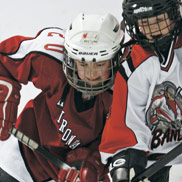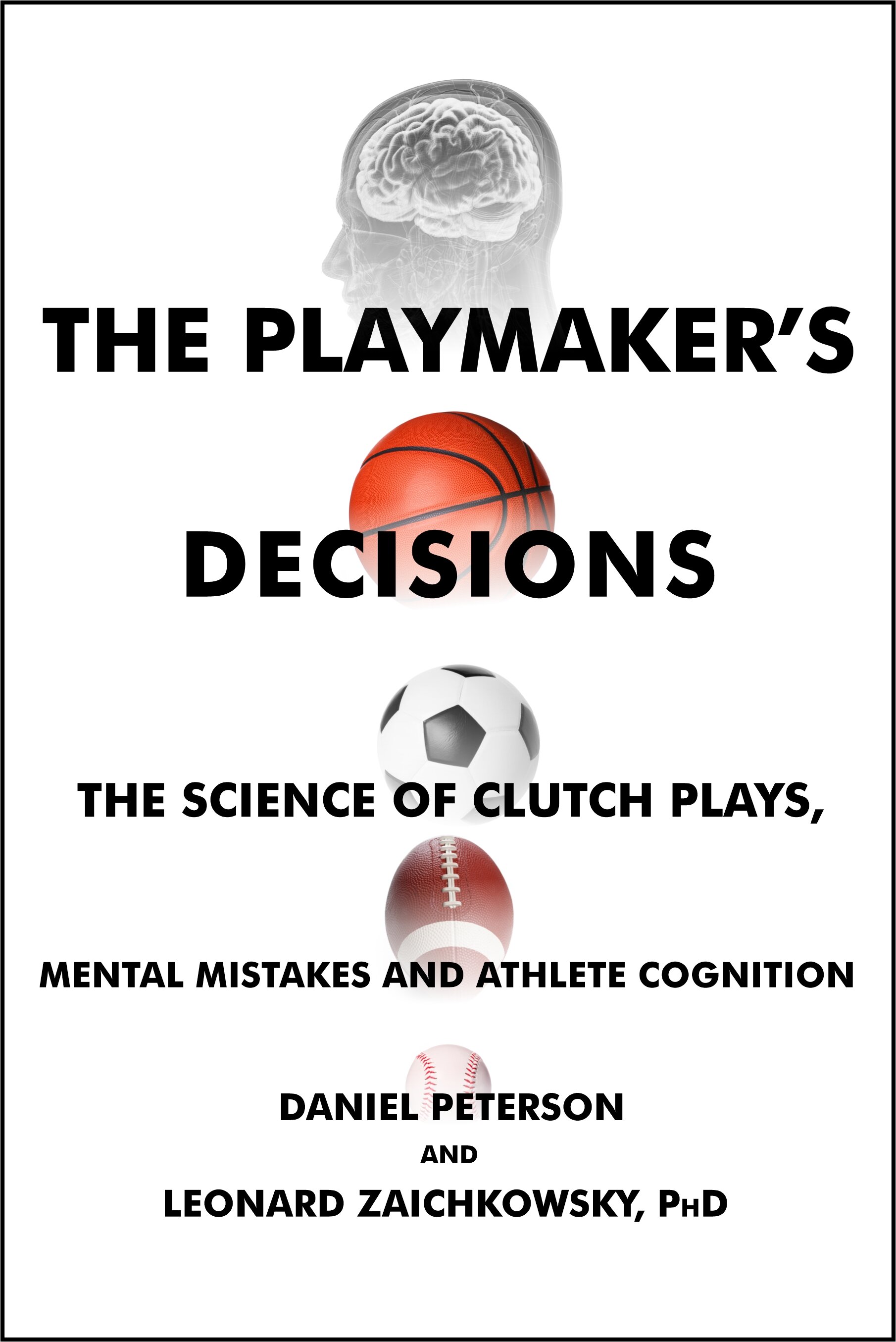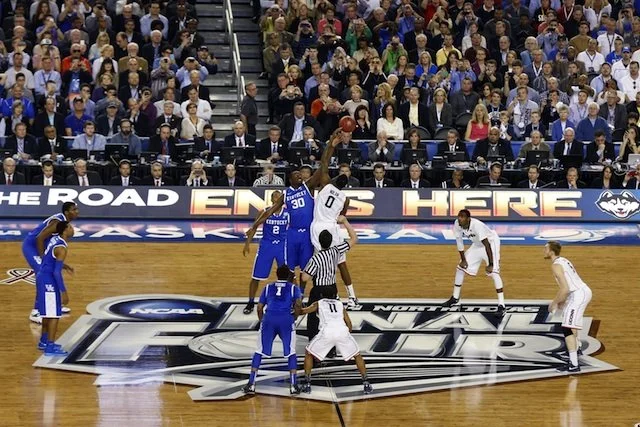 |
| Gear Fisher, CEO of Peaksware |
Along with everything else that is digital in our lives, our workouts are now captured in 0's and 1's. Its not enough that we run, walk, bike or swim, we now have a need to capture data about our efforts so that we can benchmark, measure and improve our future performances.
Gear Fisher recognized this trend way back in 1999, before there were iPods, iPhones, Nike+ or wearable GPS. He started his new
Peaksware company with a simple website, which has now grown into
TrainingPeaks.com, one of the leading online exercise management tools.
I caught up with Gear, now CEO of Peaksware, recently to discuss this wave of digital sweat tracking and get his thoughts on the future of exercise.
Dan Peterson: There seems to be a data revolution going on in the fitness world, between
heart rate monitors, GPS, Nike+, and Web-based activity apps. How did we get
here and what's next on the horizon?
Gear Fisher: I think that’s very true, it’s been growing for 10 years, but really only the last 3 or 4
have we seen a major uptick in acceptance. When we started the company in 1999,
there were only a handful of companies with downloadable devices. What’s more, few
people knew what to do with the data. Today, with Garmin, Timex, iPhone and Android
apps, and the other big players, they’ve made it easier and easier to get the data off the
devices and into the cloud for analysis... and with amazing accuracy. Consumers now
expect a fitness device to be downloadable if they pay over $200.
With smartphones, its even easier to collect GPS data and get it to the cloud for storage, sharing and
analysis. In the future, it’ll get even easier, I would not be surprised to see implanted
sensors that monitor additional metrics like body temperature, hydration, hunger,
blood sugar, real-time aerodynamics.. in fact, its happening now! Tracking workouts,
monitoring nutrition, making fitness social, working with a coach, these are all key
components for an emerging market which is just now getting started. It’s gaining mass
market appeal and adoption because the big players like Nike are on-board too.
We’ve carved out a niche in the high-end endurance athlete and coach market, but
we’ll see the same approach trickle down to many other verticals. Like Formula 1 or
NASCAR, our customers are the early adopters of new ideas in managing fitness and
nutrition via the internet.
TrainingPeaks has really served as the test-bed for these new ideas. Some of these ideas are now starting to reach the mass market, just like the technology in the race car’s alternator makes its way to the production line a few years later. It’s an understatement to say that the fitness industry, and its broader umbrella, the health care industry, needs a major revamp, and we’re going to be part of that
revolution.
Dan: Professional coaches and elite athletes understand how to turn all of this
data into useful knowledge for performance improvement, but do you think the
weekend warriors are also ready and able to make sense of it?
Gear: Yes, they are definitely eager and and interested. This is where we come in. Making
sense of data, using it as a motivator and to make decisions going forward. There are
a few books like Hunter Allen and Andy Coggan’s “Training and Racing with a Power
Meter” that focus entirely on making sense of the data. We’ve worked hard at “boiling
down” how a workout affected your physiology. This is the essence of Training Stress
Score (TSS). Providing a single, meaningful number for every workout that can be
compared and shared. But even without hard-core analysis, it’s fun to see a map of
your route and to replay and review what your output was like for a particular climb,
sprint or interval. There are a LOT of enhancements coming in the near future that
will continue to “make sense of the data” and provide meaningful daily insight into your
workouts and nutrition.
Dan: Can personal fitness coaches play a role in turning this data into improvement
for the average athlete?
Gear: Absolutely! Coaches are particularly adept at not only analyzing the data, but
deciding how it affects training and making decisions as to how an athlete should adjust
their training based on the information. A coach is a “data and motivation” professional.
Many age-groupers use coaches for the sheer benefit of time savings. There’s a lot
to learn, and a coach makes training time efficient and prevents mistakes. There is no
computer system that can provide you better results than working with a coach, in fact,
we often say the best way to use our software is with a coach.
Dan: What was the initial inspiration for Peaksware and its flagship product,
TrainingPeaks? How far have you come in meeting those initial goals?
 Gear:
Gear: In 1999, Joe and Dirk Friel asked me to build a web-based training log to replace their email/fax/paper system which they were using for their coaching company.
They had some early Filemaker Pro database tools, but it was clunky and nearly
impossible to get reliable and regular information back from clients. After I built the
initial web app, I proposed that we open up the systems to the public and start a
subscription business whereby athletes and coaches could use the same tools. That
started “TrainingBible.com”. Essentially, it was an online version of Joe’s very popular
TrainingBible book series. We then realized that if we made the systems more agnostic,
any coach with any methodology could use it. From there, we grew organically and I
quit my job about 2 years later to begin working on the company full time.
Since then, it’s been pretty remarkable, we have 30 people now, over 10 different software products
across desktop, mobile and web, and we’re growing faster than ever. It was a “right
time with the right product and right team” sort of moment, I’m lucky and proud to be
a part of it. It also feels like we’ve really just started. I often say that we are a 10 year
old start-up, because there is so much opportunity ahead and the industry is being
redefined continuously.
Dan: With so many sources of training data available to athletes, it seems
TrainingPeaks has positioned itself as the hub that can integrate all of these
different formats into a single repository. Is the training industry starting to agree
on some standards to make this easier?
Gear: It is certainly core to our strategy to be the Switzerland of training data and training
methodology. We work with nearly all device manufacturers and even have as one of
our marketing slogans that we are the “One Source” to monitor, analyze and plan your
fitness and nutrition. As for a data standard? Not really. There is some consolidation,
but every hardware vendor seems to want to do their own thing. I have seen some
pretty good usage of the “.fit” binary file format that Dynastream (owned by Garmin) has
created and made available to the world. Even our own “.pwx” format has become fairly
popular and adopted by a few other software and hardware products. However, we’re
really not close to a standard.
Where I do see some conformance is in how data is saved on devices. More and more devices are simply acting like mass storage devices that can plugin via USB to any computer, instead of using proprietary drivers and such for custom downloading. Even better are those that simply send the data to the cloud and make the data available via an API. Currently, we support over 25 different file
formats through our own API, and we routinely see data from over 90 devices, so there
is still a lot of legacy and fragmentation.
Dan: Will there someday be a single device we can wear that collects everything
and feeds coaching information back to us in real-time out on the road?
Gear: There already is! A few different iPhone/Android apps that focus on real-time data
collection are already available today. SRM, the German power meter company, does
a real-time data feed during the Tour de France every year, allowing viewers to see
GPS location, heart rate, power, cadence, speed of many riders. I’m sure we’ll see a
lot more progress in this area too. It is somewhat hampered because of mobile phone
network latency/bandwidth issues and lack of mobile network coverage, but it’s an
exciting area that we are interested in.
Dan: Peaksware recently purchased the SprintGPS suite of apps to integrate with
TrainingPeaks. What does this mean for TrainingPeaks users?
Gear: We are committed to having world-class software for every screen, whether that’s
your smartphone, tablet or 24” monitor on your desk at the office. And, we want all of
our apps for every screen to integrate with each other seamlessly. These apps gave
us a platform to build out some killer new features and products, and we are already
well under way to extend them to Android. For a few dollars, customers can get the
apps and see what collecting fitness data is all about. A majority of our customerbase
still has no downloadable device. When you collect and add your own data
into TrainingPeaks and see the calendar and charts light up, it’s a very powerful and
compelling emotional connection to our software.
Our mobile apps make it incredibly easy to get data to the cloud. Because smartphones are truly computers in your pocket, they really open up a world of opportunity and we want to be there to provide those tools to our customers. We are seeing huge adoption of mobile, not only through
native apps, but also through our web-app, which can be accessed from nearly any
smartphone. I’m quite certain that we’ll have many customers in the future that
don’t even bother to use the traditional “browser” interface from a PC or Mac, they’ll
interact with their data entirely through mobile, and we’ll make sure it’s a world-class
experience.
Dan: For the first two days that the new apps went on sale in March, Peaksware
donated all proceeds, over $5000, to three charities, American Cancer Society’s
Determination, The Leukemia & Lymphoma Society’s Team in Training and
theNational Multiple Sclerosis Society’s BikeMS programs. What inspired this
gift?
Gear: When we acquired the apps from the original company, we thought we’d be able to
simply transfer the apps from the their iTunes store to our own iTunes store. However,
because of a legal snafu, Apple prevented us from doing so. It meant that all existing
SprintGPS users would have to obtain the apps all over again from our store in order
to continue receiving support and upgrades. Not ideal and a bit of a pain for existing
customers. So, when trying to decide how to manage this snafu, we tried to turn
lemons into lemonade, we didn’t want to force people to buy the apps all over again,
but if we had to, we thought it would be a great opportunity to raise money for charity.
We didn’t want the money from customers that had already paid for the app. Because
we didn’t have any supportable method to make the apps free again, we felt this was
a reasonable solution and our customers would be understanding of the position we
were in. So, although customers would have to re-buy the apps, we made the price 99
cents and donated it all to charity for the initial launch. It was a good way to raise some
money for these great partners of ours.
Dan: Living near the gorgeous Colorado scenery, do you sometimes head out for a
run or a ride with absolutely no data-gathering devices?!
Gear: Well, in fact, I do.. but I hate when it happens. Usually its because one of 10 different
devices that I have is not charged, I forgot it at the office or I can’t find it. Tracking my
data is a motivator for me, and it’s just so easy to record what you did using one of our
compatible devices.
For me, I’ve long given up my competitive racing past, and am
really out to just maintain fitness and have a good time with friends, and I enjoy looking
back at my workouts. It’s almost to the point where if I do a workout without a device, it
feels like it didn’t count! I need that motivation to get me out the door, and the fear of a
blank white TrainingPeaks calendar is what gets me out the door on many mornings!
Dan: Thanks, Gear!










































